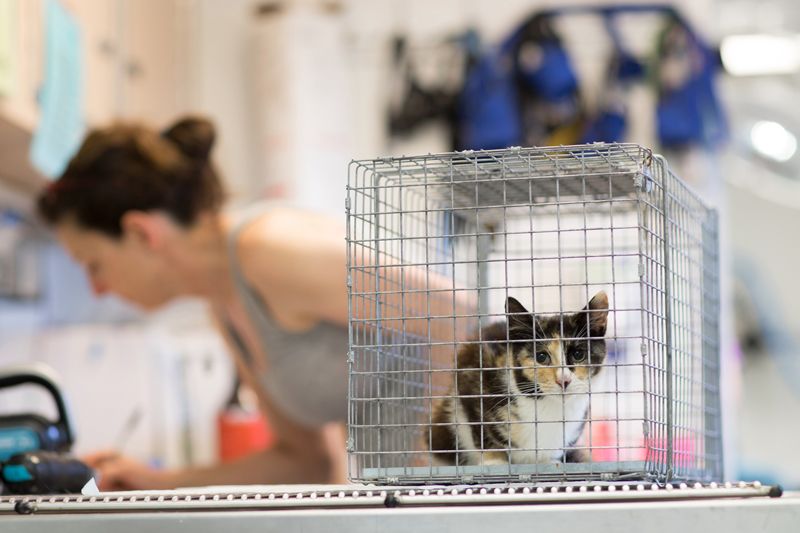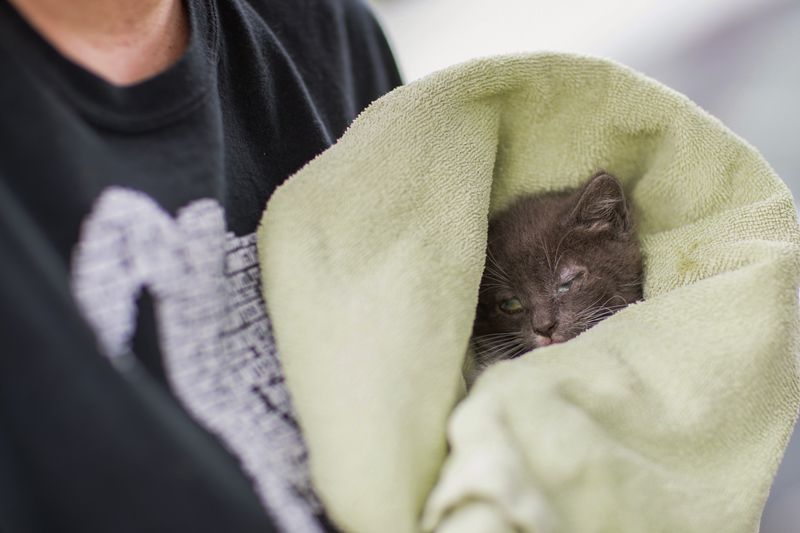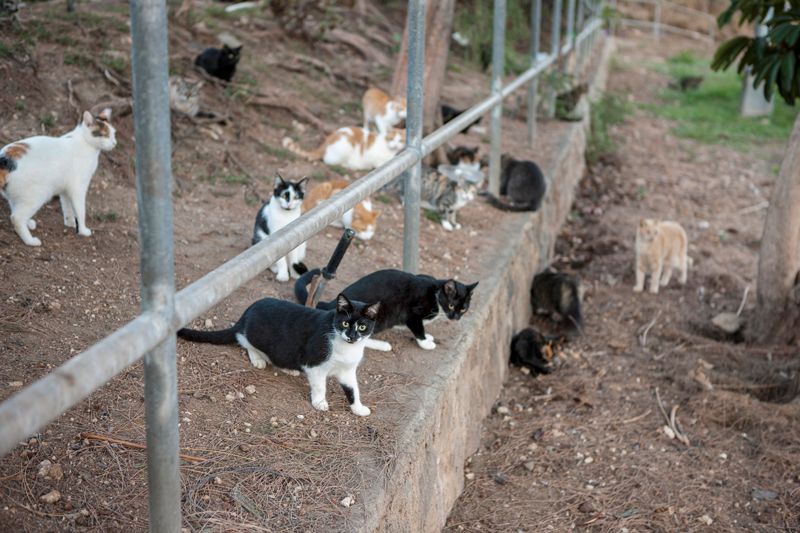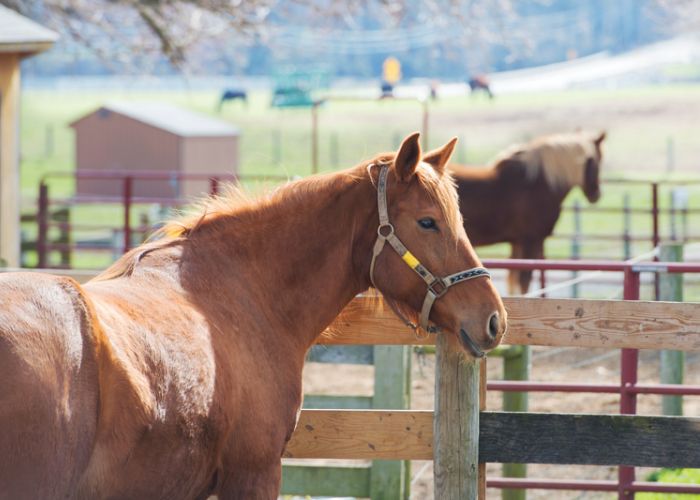High intensity, high impact
Lifesaving potential of trap-neuter-return is greater than you may realize

It's a truism in our field: trap-neuter-return saves lives.
We typically measure the savings in reduced shelter intakes and euthanasia. But when we look at the long-term impact on the population of cats who may not ever enter our shelters, the true savings potential may be in the animals who didn’t die because they were never born.
Using computer models to simulate 10 years of free-roaming cat population management, researchers found that employing high-intensity TNR—defined as sterilizing 75% of the intact cats every six months—not only reduced population sizes, but that those populations experienced 31 times fewer preventable cat deaths compared to taking no action.
This is largely due to the high mortality rates among kittens born outdoors, an estimated 75% of whom don’t reach 6 months of age. So even as the size of an unsterilized cat colony visibly increases, there is typically a lot of hidden suffering and undocumented death happening behind the scenes.
“A Long-Term Lens: Cumulative Impacts of Free-Roaming Cat Management Strategy and Intensity on Preventable Cat Mortalities,” published in Frontiers in Veterinary Medicine, is part of ongoing research by experts in veterinary medicine, wildlife conservation and cat protection convened by the Alliance for Contraception in Cats & Dogs. The study examined seven different management strategies for reducing community cat populations, including TNR, trap and remove, and episodic culling—each performed at high and low intensities—and no action.
31 times fewer preventable cat deaths due to high-intensity TNR
Lead author Dr. John Boone, wildlife biologist and ACC&D board vice chair, said in a press release that TNR’s effectiveness is often debated but frequently not defined well. “TNR groups most often track numbers of sterilizations performed and cats entering or euthanized in shelters as measures of effectiveness,” Boone noted. “These metrics are important, but they do not measure reduction in numbers of outdoor cats or illustrate how management translates into ‘lives saved’ in an outdoor cat population.”
The study focused on “preventable deaths,” which the authors define as those that could be reduced or eliminated by using a different management strategy, specifically the deaths of kittens who fail to reach adulthood, as well as the deaths of cats due to lethal management approaches. When considering the prevented suffering and deaths of animals who weren’t born, the value of high-intensity TNR to animal welfare efforts skyrockets.
Intensity matters when it comes to the application of TNR, which can be an effective tool when enough cats are sterilized. However, the ability of TNR to reduce preventable deaths and population size largely disappears when implemented with less intensity. The simulation used a 25% sterilization rate of intact cats every six months to define low-intensity TNR, which may reflect a community where TNR isn’t conducted in a targeted manner or capacity is limited.

“If a TNR effort is sufficiently intensive to quickly suppress most reproduction, benefits compound into far fewer kitten deaths over time, along with gradual population size reduction,” said study co-author and veterinary epidemiologist Dr. Margaret Slater of the ASPCA in a press release. “A lower-intensity effort—while helping individual cats—does not reach the thresholds necessary to achieve these greater benefits. We suggest front loading TNR efforts [trapping most cats in the target area at the beginning of a project] and adopting cats where possible to save lives while also reducing the number of outdoor cats.”
The study also found episodic culling to be ineffective at both preventing deaths and reducing populations. Culling is akin to a traditional animal control approach of removing a portion of cats in response to a nuisance complaint and then taking no action until the population rebounds and complaints resume. Officials seeking a quick fix may favor this approach in order to immediately resolve complaints, however shortsighted it may be.
“Sadly, many communities still opt to do nothing to control populations of community cats or use outdated, ineffective methods—such as sporadic trapping and removal,” Slater said. “This research confirms that high-intensity TNR is the most effective, humane way to stabilize a population of community cats and, over time, reduce them.”

“The animal welfare community has often emphasized preventing deaths from lethal management, but based on these findings may wish to also make reducing kitten deaths an equally explicit management and policy goal. The best management strategy for accomplishing this is to quickly suppress reproduction with high-intensity sterilization.”
—“A long-term lens: Cumulative impacts of free-roaming cat management strategy and intensity on preventable cat mortalities”








